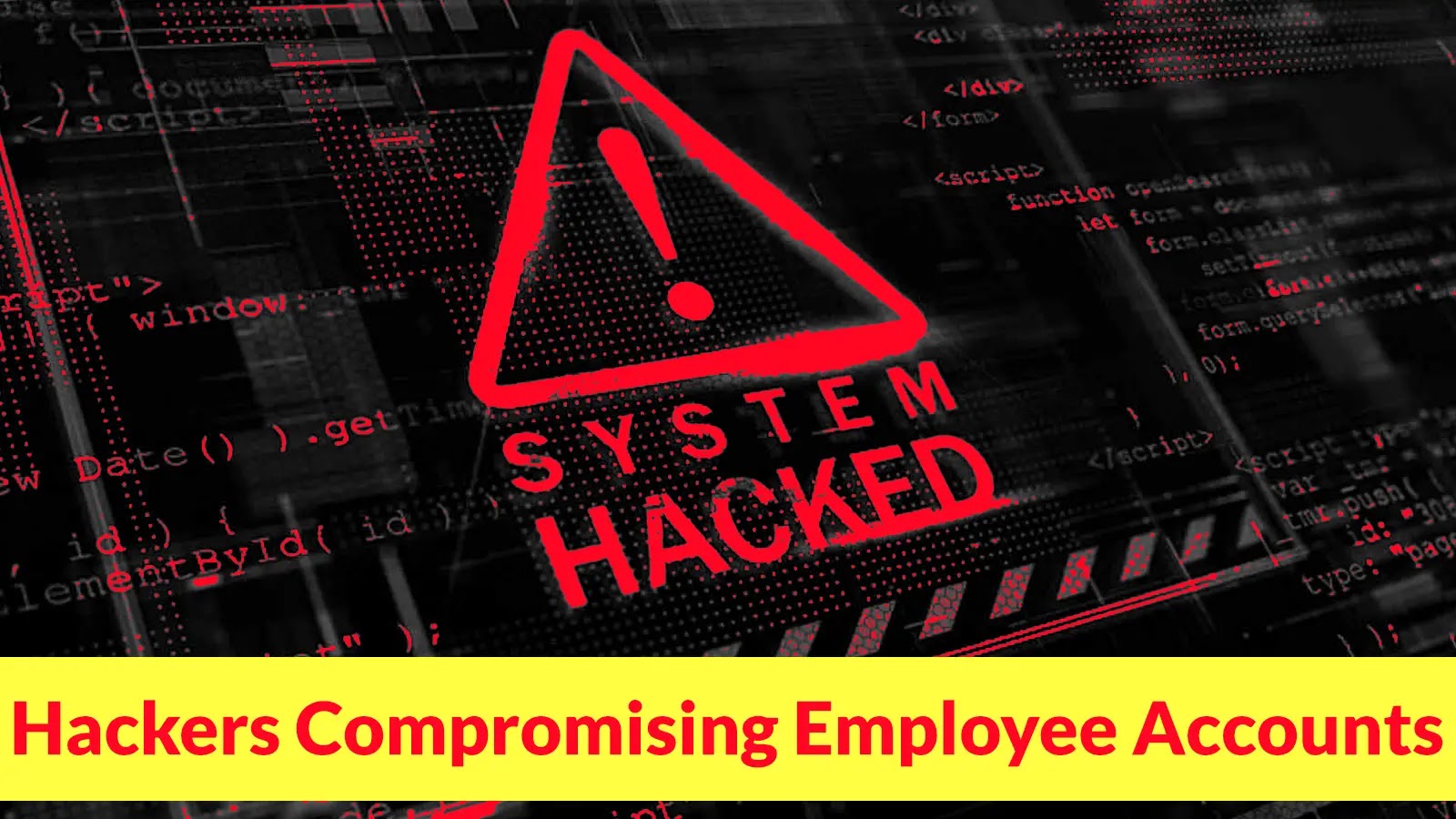
Microsoft Warns of Hackers Compromising Employee Accounts to Steal Salary Payments
The digital landscape is a constant battleground, and a new, highly sophisticated threat actor, Storm-2657, is making headlines. Microsoft Threat Intelligence has unveiled an alarming trend: “payroll pirate” attacks specifically targeting US universities and other organizations. These aren’t your typical phishing attempts; Storm-2657 is orchestrating elaborate schemes to compromise employee accounts, infiltrate human resources systems, and ultimately redirect salary payments into their own pockets. As cybersecurity analysts and IT professionals, understanding this evolving threat is critical to safeguarding our organizations and their workforce.
The Anatomy of a Payroll Pirate Attack
Storm-2657’s tactics represent a significant escalation in financially motivated cybercrime. Their operations are far from rudimentary, showcasing a clear understanding of organizational structures and payroll processes. The core of their strategy involves gaining initial access to employee accounts, which then serves as a springboard for deeper infiltration.
- Initial Compromise: While specific initial access vectors vary, common methods likely include sophisticated spear-phishing campaigns tailored to individuals within target organizations. Credential stuffing and exploiting weak multi-factor authentication (MFA) implementations are also probable avenues.
- Privilege Escalation and Lateral Movement: Once an employee account is compromised, Storm-2657 focuses on escalating privileges. This often involves navigating internal networks, identifying key systems, and exploiting any vulnerabilities to gain administrative access to HR and payroll platforms.
- Redirection of Salary Payments: The ultimate goal is to modify banking details within the payroll system. This allows the attackers to divert legitimate salary payments directly to accounts under their control, effectively stealing earned wages.
- Targeting Universities and Organizations: The focus on US universities and other organizations suggests a strategic choice based on potential financial reward and perhaps perceived vulnerabilities in their HR systems or employee awareness of sophisticated social engineering.
The Threat Actor: Storm-2657
Microsoft identifies Storm-2657 as a financially motivated threat actor. This distinction is crucial as it shapes their modus operandi. Unlike state-sponsored groups or hacktivists, their primary objective is monetary gain. Their sophistication lies in their ability to not only breach defenses but also to meticulously understand and manipulate high-value financial processes like payroll. This group’s activities highlight the ongoing need for robust security measures that extend beyond basic perimeter defense to encompass identity and access management, as well as vigilance against insider threats – even those initiated externally.
Remediation Actions: Fortifying Your Defenses
Addressing the threat posed by Storm-2657 requires a multi-layered approach, focusing on proactive prevention and swift detection. Organizations must prioritize the security of their identity and access management systems, especially those connected to sensitive financial data.
- Implement Strong Multi-Factor Authentication (MFA) Everywhere: Mandate robust MFA for all employee accounts, especially those with access to HR and financial systems. Consider hardware-based security keys (FIDO2) for high-privilege accounts.
- Enhance Email Security and User Awareness Training: Deploy advanced email filtering solutions to detect and block sophisticated phishing attempts. Conduct regular security awareness training, emphasizing the dangers of social engineering and the importance of verifying unexpected requests for information or account changes. Employees should be educated on identifying suspicious emails and reporting them immediately.
- Principle of Least Privilege: Ensure that employees only have the minimum necessary access to systems and data required for their roles. Regularly review and revoke unnecessary privileges.
- Regular Audits and Monitoring of HR and Payroll Systems: Implement stringent logging and monitoring for all changes made within HR and payroll systems, particularly those related to banking details or payment instructions. Establish alert mechanisms for unusual activity patterns.
- Incident Response Plan for Payroll Fraud: Develop a specific incident response plan to address potential payroll fraud. This plan should outline steps for investigation, containment, and recovery, including contacting financial institutions and law enforcement.
- Patch Management: Keep all software, operating systems, and applications, especially HR and payroll management systems, updated with the latest security patches. Vulnerabilities like CVE-2023-46805 (an example of a critical vulnerability) can be exploited if not addressed promptly.
- Account Activity Monitoring: Utilize Security Information and Event Management (SIEM) solutions to monitor for unusual login patterns, access from uncommon locations, or attempts to access sensitive systems during off-hours.
Tools for Detection and Mitigation
Leveraging the right security tools is paramount in both detecting and mitigating sophisticated attacks like those orchestrated by Storm-2657.
| Tool Name | Purpose | Link |
|---|---|---|
| Microsoft Defender for Identity | Detects advanced threats, compromised identities, and malicious insider actions. | Link |
| SIEM Solutions (e.g., Splunk, Microsoft Sentinel) | Aggregates and analyzes security logs for threat detection, incident response, and compliance. | Link |
| Advanced Email Security Gateways | Provides advanced threat protection against phishing, spoofing, and malware delivered via email. | Link (Example: Proofpoint) |
| Identity Governance and Administration (IGA) Platforms | Automates identity lifecycle management, access requests, and access reviews. | Link (Example: Saviynt) |
| Endpoint Detection and Response (EDR) Solutions | Monitors end-user devices for malicious activity, providing detection, investigation, and response capabilities. | Link (Example: CrowdStrike Falcon) |
Conclusion
The rise of “payroll pirate” attacks by groups like Storm-2657 underscores a critical shift in cybercriminal strategies. They are no longer just targeting data; they are targeting the very mechanisms of financial operation within organizations. Protecting employee accounts and securing human resources systems must be a top priority for all entities, especially those managing large payrolls. By implementing robust security measures, fostering a culture of vigilance, and leveraging advanced security tools, organizations can significantly reduce their risk of falling victim to these sophisticated financial crimes. Proactive defense and immediate response are the best tools we have against these evolving threats.





